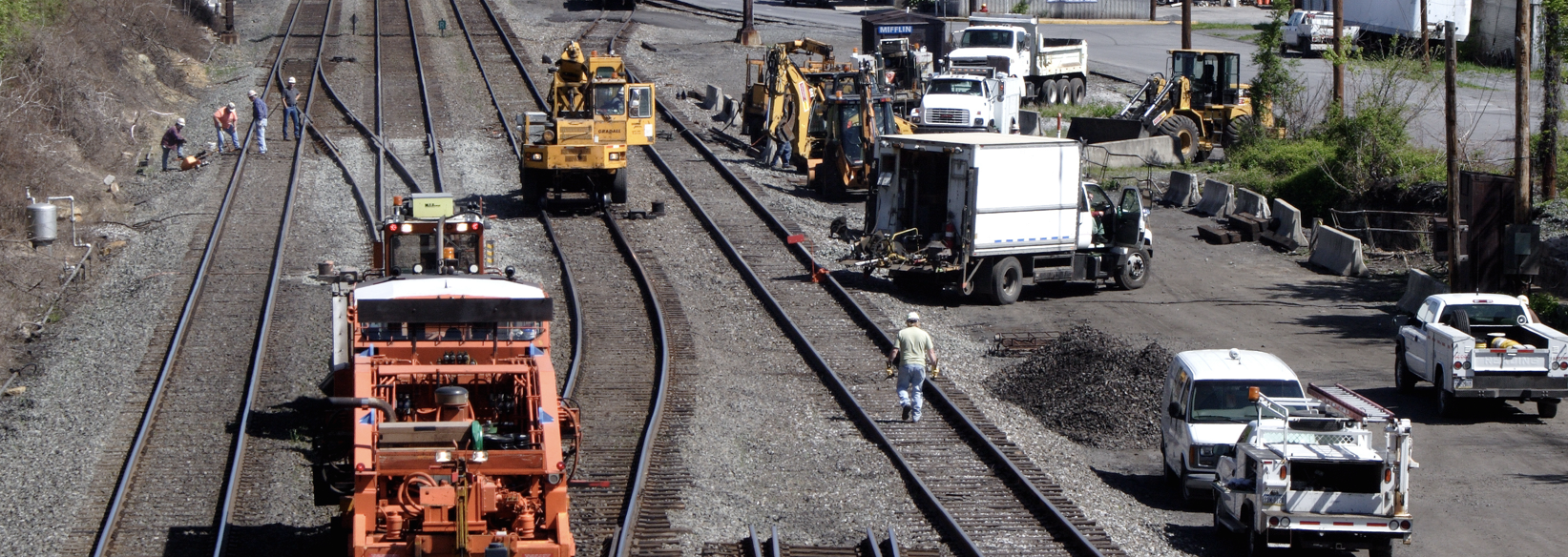While the federal-mandated PTC (Positive Train Control) system was fully implemented in 2020 for rail safety, it does not cover maintenance-of-way (MOW) vehicles. MOW vehicles remain invisible to the PTC control center and are still vulnerable to collisions with trains, other vehicles, and objects on the track and at level crossings. Those train-to-vehicle or vehicle-to-vehicle accidents can tragically affect many families, just like train-to-train collisions. They can also cause service interruptions and expensive property damage, not to mention the other indirect costs such as loss of reputation and lawsuits.
A few recent rail accidents involving MOW equipment and hi-rail vehicles once again reminded the public of the urgency for safety improvements beyond PTC.
How can new technologies help?
1. ADAS (Advanced Driver Assistance Systems) for MOW vehicles
When operating on the track, a collision avoidance system with AI and sensor fusion technology providing ADAS functionality can help MOW vehicle operators comply with work zone and speed limits while staying alerted of objects in front of the vehicle and other MOW equipment close by.
2. Continuous monitoring of maintenance-of-way operations
A web-based management platform can enable vehicle tracking and monitoring from the back office, which adds an extra layer of safety. Whenever a safety violation occurs, the event is automatically recorded with video and telematic data and sent to the back office for real-time supervision and post-event review.
3. Automatic warning of work zone limits violation
To reduce train-to-vehicle collisions, the integration of the MOW vehicle’s onboard system and the back-office PTC system is key to streamline limits compliance. It reduces the need for verbal communication between the operator and the dispatcher and therefore eliminates the potential for human error. The MOW vehicle operator electronically receives the work zone authority that was set up in the back office ahead of time or request it to be approved by the dispatcher before getting on the track. A safety system should provide both the MOW vehicle and the back office with real-time alerting when the vehicle approaches the work zone limits, exceeds the work zone limits, goes over the speed limit, or attempts to operate on the wrong track.
4. AI-based object detection, classification and collision avoidance
A safety system integrating onboard cameras and LiDAR can constantly detect and classify objects in front the MOW vehicle and warn the vehicle operator and the back office of a potential collision due to an object in their path such as a piece of equipment or a track worker on the track, or a car or a pedestrian at the crossing.
5. Automatic warning of vehicle proximity
To reduce vehicle-to-vehicle collisions, the MOW vehicles operating in the field should constantly report their position, velocity and heading information for proximity warning. As a result, a safety system can provide both the MOW vehicle and the back office proximity alerts when the vehicle is too close to other MOW vehicles nearby. This adds additional protection to MOW vehicles even if an adjacent vehicle is outside the detection range of the MOW vehicle’s cameras and LiDAR.
In summary, the right rail safety solution for MOW vehicles should provide:
- A rail focused ADAS system
- A web-based platform for remote monitoring
- AI-based collision avoidance
- Real-time alerting for both the vehicle and the back office
- The ability to be integrated with your PTC system
The complete protection can help railways reduce the cost of accidents and save lives.
Learn more about how to increase MOW safety with LILEE SafeRail™, the industry’s most complete rail safety solution for MOW vehicles. It offers the five essential safety improvements for reducing the probability of collisions, accidents, casualties and damage to assets. To schedule a call and discuss implementing LILEE SafeRail, please contact info@lileesystems.com.
